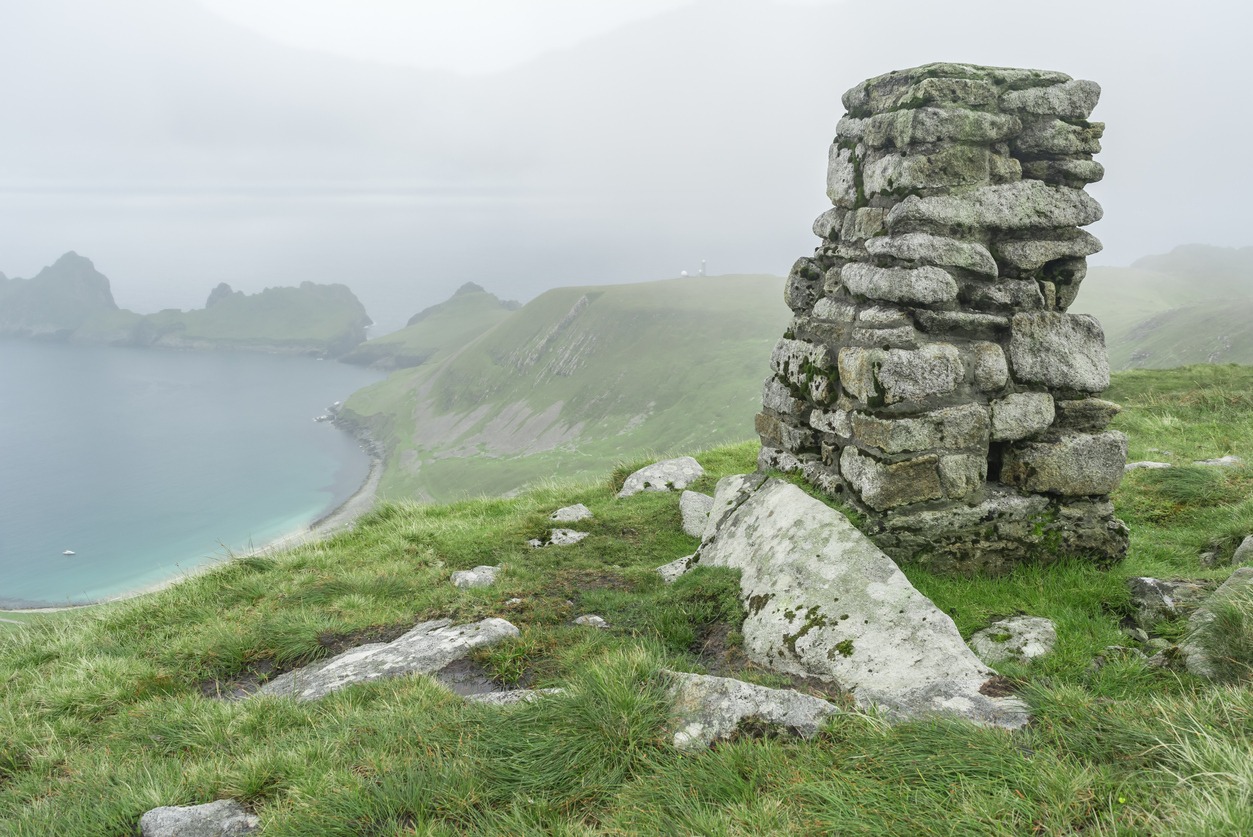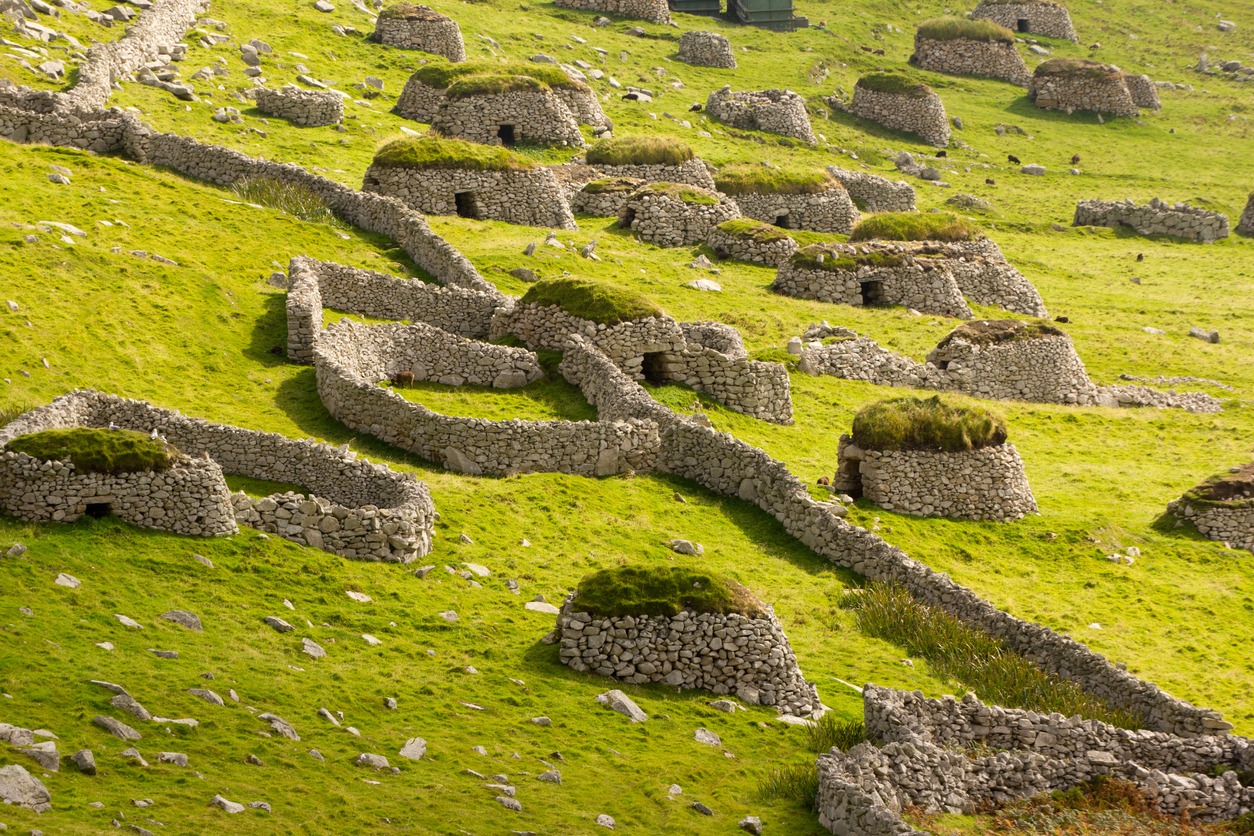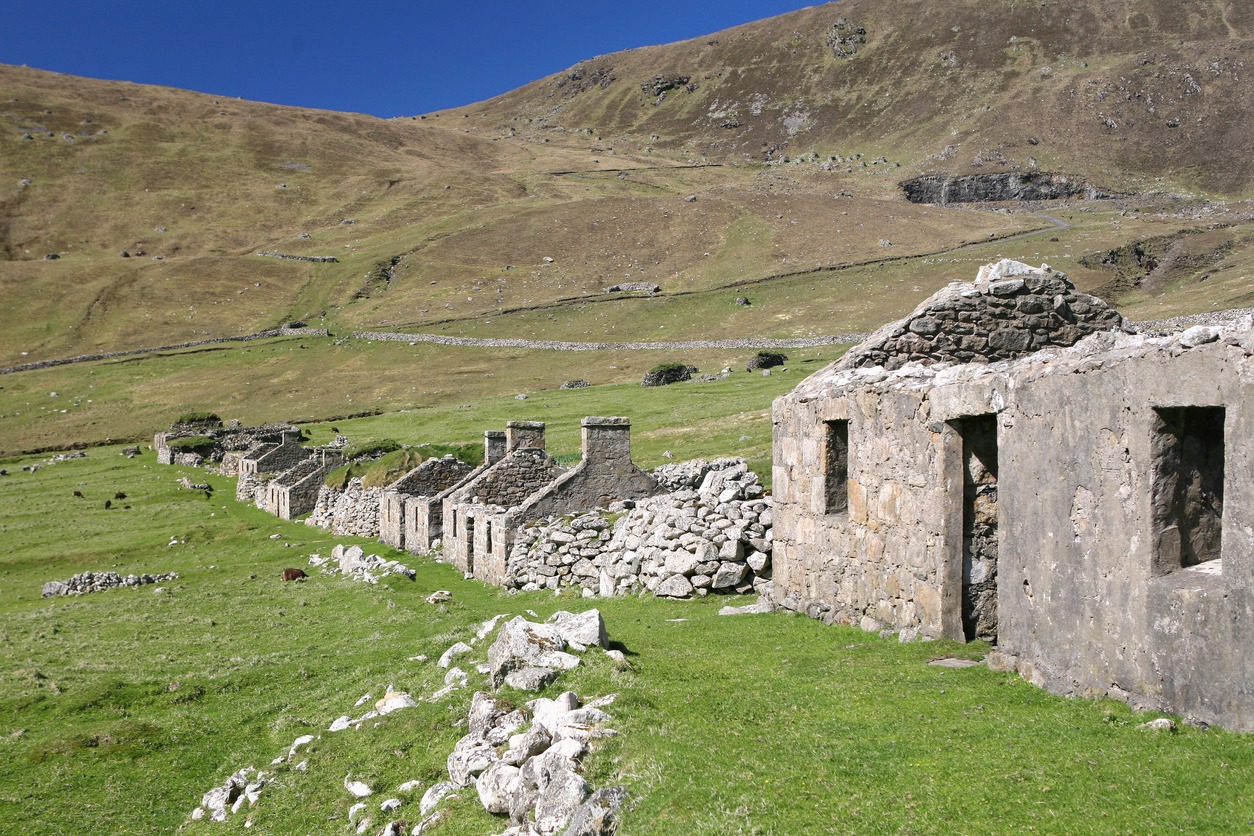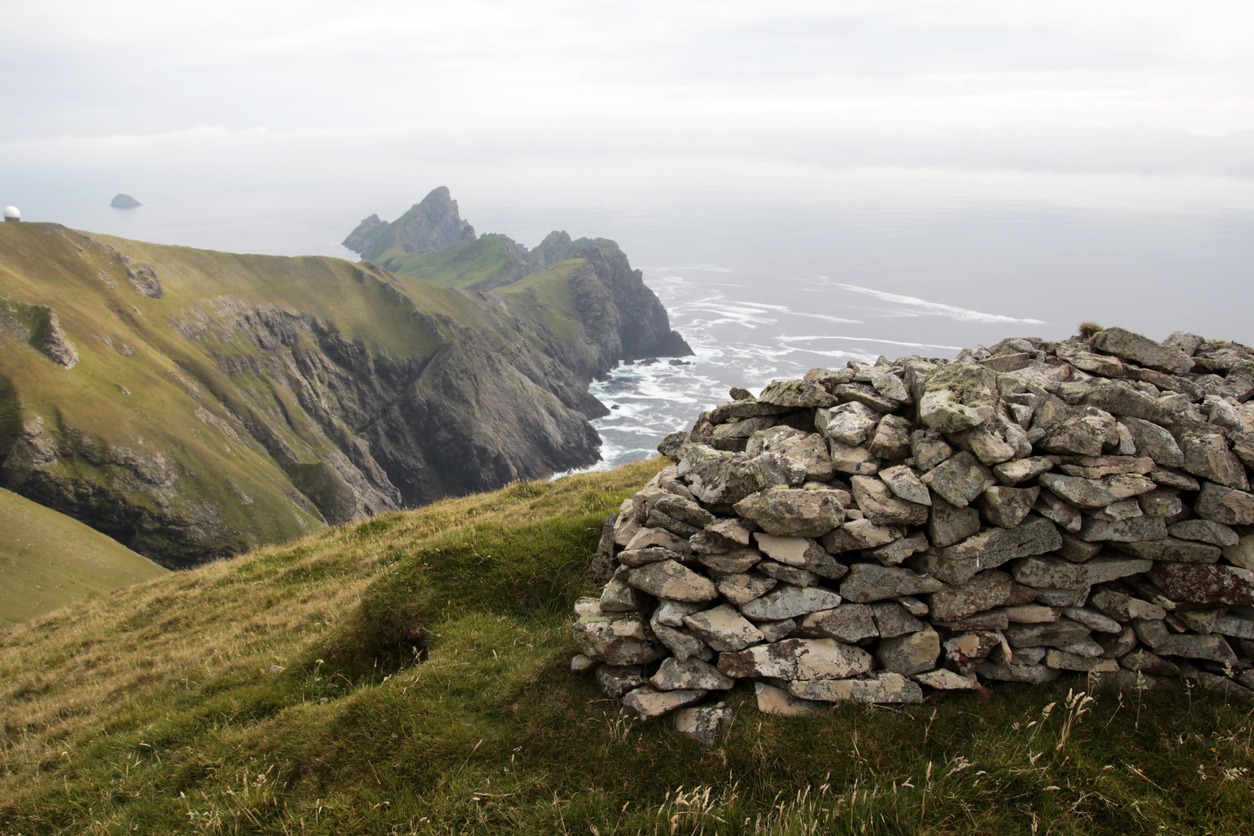Hirta, a small remote island located in the archipelago of St. Kilda in Scotland, has long been a subject of fascination for historians and adventurers alike. Its rugged landscape and isolated location have made it a challenging destination to reach, but those who have ventured there have been rewarded with a glimpse into a unique and rich history.
Among the many points of interest on Hirta are the abandoned stone structures that dot the landscape, a reminder of the island’s past inhabitants. From crumbling homes and abandoned churches to mysterious standing stones and ancient ruins, these structures paint a picture of a community that thrived on this isolated island for thousands of years before being completely evacuated in 1930.
In this article, we will take a closer look at the abandoned stone structures on Hirta, going into their history, significance, and the ongoing efforts to preserve them for future generations.
History of Hirta
Hirta, a remote island located in the Scottish archipelago of St Kilda, has a history of human settlement dating back over 4,000 years. However, its isolation and harsh climate have had a significant impact on its inhabitants. With no natural harbors and limited access to resources, the islanders were forced to rely on subsistence farming and fishing for survival.
The unpredictable weather, high winds, and rough seas made it difficult for them to leave the island or receive outside assistance, resulting in a self-sufficient and isolated community. This isolation also led to a unique culture and language developed by the inhabitants, which was heavily influenced by their challenging environment.
The earliest inhabitants of Hirta were believed to be hunter-gatherers, who relied on the surrounding land and sea for sustenance. In the 10th century, the island became a Norse settlement and later came under the rule of the Clan MacLeod. By the 19th century, Hirta was home to a small population of resilient crofters and their families. However, in 1930, the last remaining inhabitants were evacuated due to harsh living conditions. There are surely lots of stories around Scotland. If you are interested to learn more about its history, you may also read our article, Why Do Scots Wear Kilts and Tartans?
Stone Structures of Hirta
Hirta is home to a collection of impressive stone structures that have stood the test of time. These structures, including houses, cleits (small storage buildings), and a church, were built using traditional materials and techniques that have proven to be durable and resilient.
The primary material used in construction was locally sourced stone, which was carefully selected and shaped by skilled craftsmen. This stone was then fitted together using a technique known as dry-stone walling, which involves stacking stones without the use of mortar. This method creates a strong and stable structure that has withstood the harsh weather conditions of the island for centuries. The use of turf roofs and thick stone walls provided insulation and protection against the elements.
Abandonment of Hirta
Hirta’s inhabitants were forced to abandon their home in the mid-19th century due to a multitude of reasons. First, the island’s harsh and unforgiving climate made it difficult for the inhabitants to sustain their livelihoods through farming and fishing.
The isolation of the island made it challenging for them to access necessary resources and supplies. Furthermore, outbreaks of disease and dwindling population numbers also contributed to the decision to leave the island. This left Hirta’s inhabitants with no choice but to abandon their homes and seek a better life elsewhere.
With the population declining rapidly in the early 20th century, many buildings and structures were left in disrepair and eventually collapsed. The once thriving community, with its interconnected network of homes, storage buildings, and communal structures, was reduced to ruins. The lack of human presence also had a detrimental impact on the island’s natural ecosystem, as the absence of agricultural practices and livestock grazing led to overgrowth and erosion.
Current State of Hirta
In 1930, ownership of St Kilda, in which Hirta belongs, was transferred to Sir Reginald MacLeod of MacLeod. Only a year later, the island was sold to the Earl of Dumfries, who would later become the Marquess of Bute. In 1957, the island was bequeathed to the National Trust for Scotland by the Marquess of Bute.
As a result of its unique cultural and natural significance, St Kilda was designated as Scotland’s first World Heritage Site in 1987. Despite its remote location, the island offers a few facilities for visitors. The Ministry of Defence has likewise established a base on Hirta for tracking missiles fired from the station on South Uist.
When visiting Hirta, the main island of the St Kilda archipelago in Scotland, visitors can expect to be immersed in a unique and remote landscape filled with rich history and natural beauty. The island is home to an abundance of wildlife, including puffins, seals, and various seabirds.
Visitors can also explore the remains of the former village, which was evacuated in 1930, and gain insight into the traditional way of life of the island’s inhabitants.
However, due to its remote location, visitors should also be prepared for limited amenities and challenging weather conditions during their stay.
Preservation Efforts
Over the years, numerous efforts have been made to preserve the stone structures on Hirta. These structures, which date back to two thousand years, have immense historical and cultural significance, serving as a testament to the resilience and ingenuity of the island’s inhabitants. The National Trust for Scotland, in collaboration with various local and international organizations, has implemented a range of preservation techniques such as consolidating and repairing damaged walls, roofs, and other structures. Also, strict guidelines and regulations have been put in place to ensure the sustainable management and conservation of these iconic stone structures for future generations.
The preservation of stone structures on Hirta has been a challenging and ongoing effort. The harsh and remote location of the island, combined with its exposed landscape and unpredictable weather patterns, presents numerous obstacles for preservation initiatives. The age and fragility of the stone structures, some dating back to the Bronze Age, likewise require specialized conservation techniques and constant monitoring. Limited resources and funding also pose significant challenges for preservation efforts.
Despite these challenges, dedicated efforts have been made to ensure the protection and conservation of these important structures, safeguarding the island’s rich heritage for future generations.




